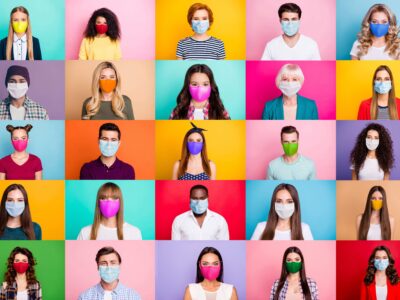As the number of COVID-19 cases in this country continues to surge, there has been a rush of Americans seeking to get tested for the coronavirus that causes it. If you’re considering testing but are confused about the various types of tests and what they do and when to get them, here’s a brief overview that might help. The first […]
Vaccines
Category Pages are limited to 10000 days. Please use the archive page or the search box to find older articles.




